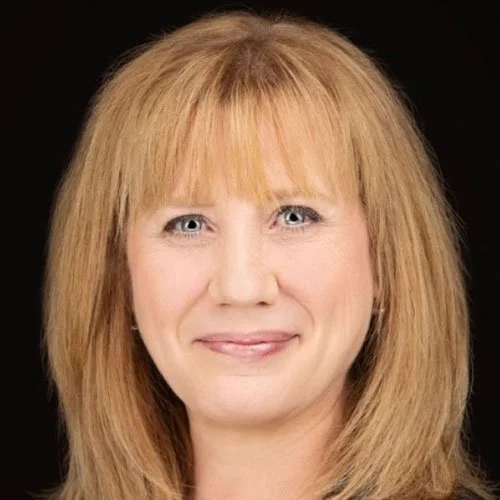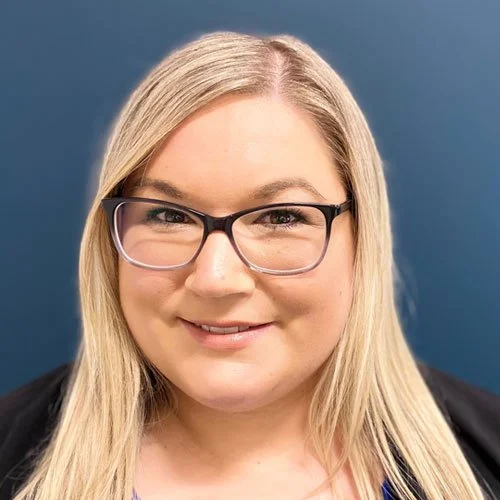Meet the 2025 Finalists
Watch the Live Pitch Show
October 1 • 11:00 Pacific, 1:00 Central, 2:00 Eastern
SIGN UP FOR A REMINDER SO YOU DON’T MISS IT
Latica Battle
Market Manager
Ardent Credit Union, Pennsylvania, USA
Business Case
Ardent Credit Union Kids Club: A Fun, Inclusive, and Financially Smart Adventure!
Have you ever wondered what it takes to make Ardent Credit Union thrive in today’s competitive financial landscape? Have you ever wondered what strategic investments for future memberships, creating loyalty, and empowering youth looks like? Picture a 10-year-old beaming with pride as they explain to their parents how they saved for their very own PlayStation Console using a budget they created themselves. Fast forward ten years, and that same young adult confidently shares their excitement about purchasing their first car—thanks to the financial habits they developed early on. What if Ardent Credit Union was the catalyst for that journey, empowering the next generation with the tools to save, plan, and succeed?
How might early financial literacy help prevent credit misuse, and financial pitfalls? Ardent Credit Union’s strategic growth plan focuses heavily on Membership Growth. Embracing a visionary and forward-thinking mindset in a world of shifting member needs, Ardent Credit Union will create an engaging Kids Club by teaming up with credit union staff, youth, community leaders, and marketing experts. The club will teach kids and pre-teens about saving money and building financial habits. Its mission is to inspire young minds in a safe and fun environment for learning and financial growth. With the right approach, this goal is achievable and forward-thinking.
Charles Bond
Senior Product Specialist
Elevations Credit Union, Colorado, USA
Business Case
Beyond Fees: Elevating Member Value Through Smarter Credit Solutions
As consumer expectations evolve and competitors move away from punitive fee structures, Elevations Credit Union has an opportunity to lead with a member-first approach that aligns with our mission and long-term growth strategy. This business case proposes the introduction of a no-credit-required Overdraft Line of Credit (ODLOC) as a modern alternative to traditional overdraft and non-sufficient funds (NSF) fees.
The ODLOC product is designed to be simple, fair, and accessible—providing members with a safety net that builds credit, reduces financial stress, and fosters loyalty. Unlike traditional overdraft programs, this solution avoids daily interest accrual and includes features like automatic payments and optional fixed repayment plans.
Financial modeling shows that while the credit union will forgo a portion of fee income, this will be offset by increased member retention, deeper product engagement, and new interest income. The initiative is projected to break even in Year 3 and generate over $2.4 million in annual profitability by Year 5 under the mid-case scenario.
This proposal positions Elevations as a leader in ethical, member-centric banking—offering a sustainable alternative to fee dependency while strengthening our competitive edge in a shifting financial landscape.
Jennifer Dray
Director, Sales & Coaching
YNCU, Ontario, Canada
Business Case
Keys Within Reach – Partner-Marketing Modular & Mobile Homes with Local Suppliers
Growing the supply of attainable housing is a strategic imperative for credit unions. By partnering with reputable local modular and mobile-home manufacturers, YNCU can become the preferred financing and banking provider for buyers of factory-built homes across our footprint. The program will market and embed our existing modular/mobile-home financing product into builders’ sales flows, creating a seamless “one-stop” experience for homebuyers.
I grew up in a single-wide mobile home; it was all my single mom could afford, yet it moved us out of London social housing and gave my family a safe yard to play in. That lived experience fuels my conviction that factory-built homes remain a powerful springboard to stability—and that YNCU can help more families step onto that ladder.
This personal experience is a daily reminder of what’s at stake for many families and how accessible housing can change lives.
Jessica Smith
AVP, Remote Experience
Unitus Community Credit Union, Oregon, USA
Business Case
Digital Pavilions: Bridging Tradition and Innovation
While digital service usage continues to rise, 60% of credit union members still prioritize access to a nearby branch. Physical locations offer trust, familiarity, and human connection. According to Accenture’s global survey of 49,000 bank customers, two-thirds want branches in their neighborhoods, underscoring the need for presence, not just platforms.
The challenge, however, is clear: meeting this expectation through traditional expansion is increasingly costly, complex, and not well-suited for every community or growth opportunity.
To grow our membership sustainably, we must reimagine what a branch can be. Reimagining the Branch: The Digital Pavilion Model Digital Pavilions—modular kiosks and micro-branches powered by video banking and remote services—combine human warmth with tech-forward access. They offer members the familiarity of a branch experience without traditional overhead. Whether it’s a parent at a drive-thru Interactive Teller Machine, a student opening their first account, or a retiree meeting virtually with a remote financial specialist, each Pavilion delivers efficient, personal service.
Ryan Suttles
Real Estate Specialist II
State Employees’ Credit Union, North Carolina, USA
Business Case
Pipeline-Centered Mortgage Dashboard – Focused on Employee Efficiency & Member Transparency
State Employees’ Credit Union (SECU) proposes a pipeline-centered mortgage dashboard to automate real-time status updates, reduce manual errors, and enhance employee efficiency—freeing processors, underwriters, originators, and closers to focus on high-value tasks. Phases I–III target internal improvement; Phase IV introduces a read-only member portal to foster transparency.
This initiative directly addresses SECU’s current challenges—including staffing levels, potential taxation changes, and large-scale core system transitions—by leveraging existing tools to deliver measurable improvements. By tightly scoping the project to pipeline visibility (excluding delinquency, servicing, and portfolio analytics), SECU can achieve short-term gains while laying the groundwork for sustained operational excellence across its $50 billion asset footprint.









